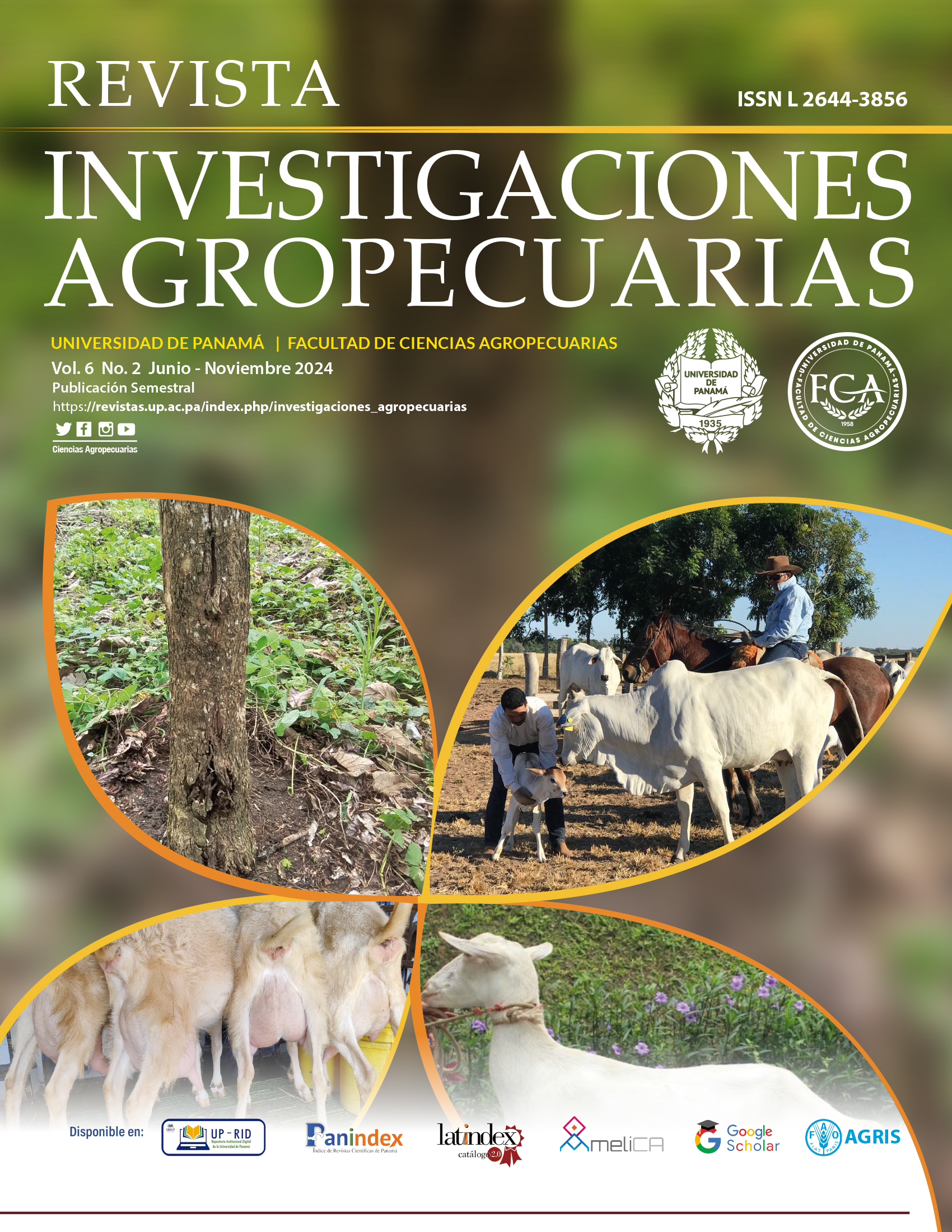

Copyright (c) 2024 Revista investigaciones agropecuarias

This work is licensed under a Creative Commons Attribution-NonCommercial-ShareAlike 4.0 International License.
The objective of this study was to compare the goodness of fit of four nonlinear and two polynomial linear models to response variable body weight (g) in Cobbs 500 chicken, to estimate parameters related to biological process respect to time (days), considering three different residual covariance structure sitiation. A dataset of 1000 body weight records measured in 2023 from 200 Cobb 500 chicken in age: 1, 7 21, 33 and 42 days of life. Assuming a residual heterocedastyc by day and autocorrelated AR(1) by chicken covariance structure improved the goodness of fit of the models respect a residual independient and homocedastyc structure, due the heterogeneity of variance found when the age of the chicken grew up (p < 0.05) and the high residual correlation () within each animal. From all models, Gompertz and Logistic models have the best fit, according with AIC and BIC values. Parameters ? and ? have a negative correlation (? < – 0.80), similar with ? y TI (? = – 0.7054) and finally, ? and TM (? = – 0.8464). In conclusion, fitting growth curves through nonlinear models with heterocedastic and correlated residual covariance structure allows estimating parameters related with life cicle stages and then, to obtain decision criteria in management programas and carry on productives systems in a efficient way.